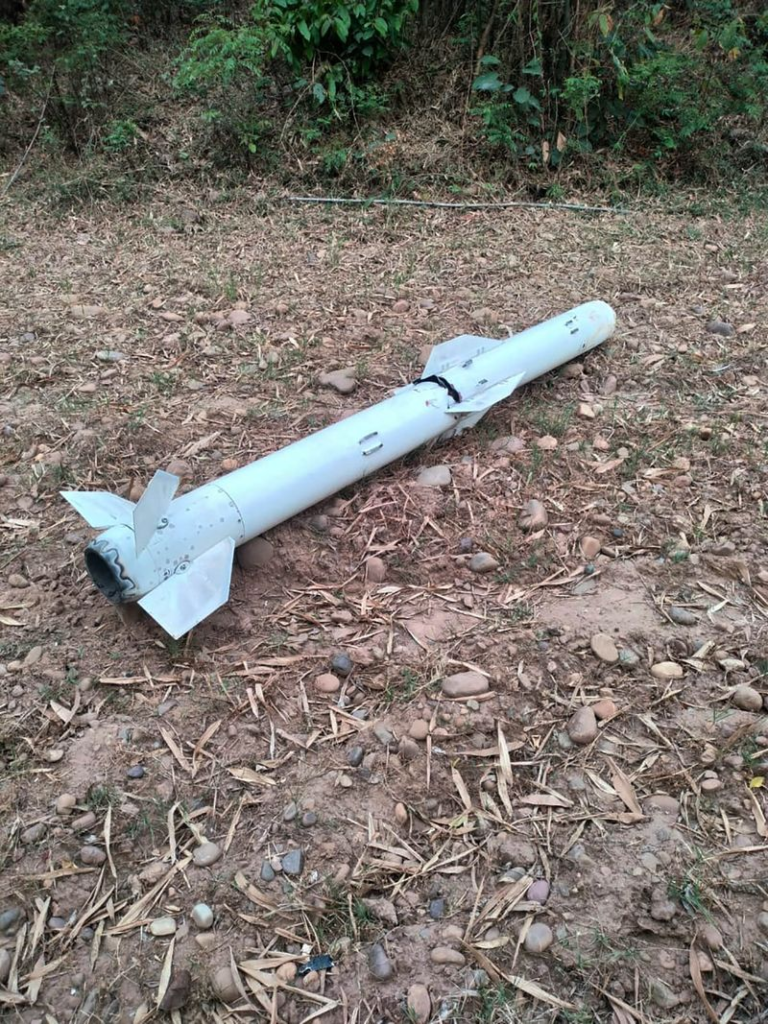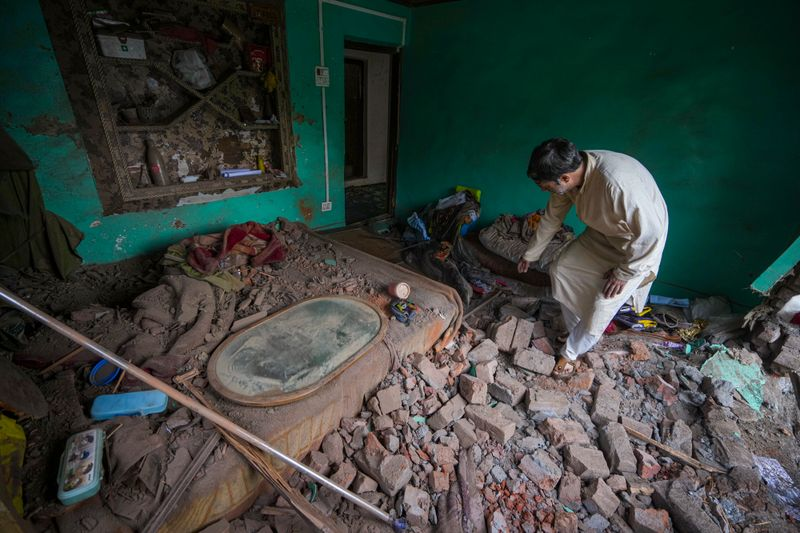IAF experts to examine near-intact long-range air-to-air projectile

The recovery of a near intact China-made long-range air-to-air missile near Hoshiarpur on Friday is expected to provide the Indian Air Force a first-hand insight into its technical specifications and operational capability, helping to fine-tune aerial combat procedures.
The missile, identified as the PL-15, is an active radar homing missile that equips Chinese fighters like the JF-17, which are also in service with the Pakistan Air Force. According to reports, Pakistan acquired the PL-15E variant that has a claimed range of 145 km.
The JF-17s in service with Pakistan have been operationally deployed during the ongoing engagement with India. According to Air Force officers, the missile was probably launched at an Indian aircraft, missed its target and continued its flight till it ran out of fuel and fell out of the sky.
The nearest distance of the Indo-Pak border from Kamahi Devi village in Hoshiarpur, where the missile was found, is about 60 km. While designers specify the missile’s range, it may deviate depending upon the altitude and speed of the launch platform, environmental conditions and angle of attack. Examination of its system may provide clues about the place and conditions of launch.
“This is a golden opportunity, albeit rare, for Indian experts to examine all aspects of the missile minutely, which will provide critical inputs for its operational planning,” an IAF officer said. “The fact that it is almost intact, implying that it did not hit its target that could have damaged or disintegrated it and nor did its warhead explode on falling, is an added advantage,” he said.
The missile’s propulsion unit, warhead and electronic systems such as the radar and guidance unit will be studied, which will give the IAF a realistic picture of its capabilities than can be determined from analysing electronic signatures, studying literature, examining visuals or relying on other intelligence inputs.
Drones are also being used by Pakistan to attack places in India and the remnants of these too would likewise be examined. The BSF is regularly carrying out forensic analysis of drones recovered along the border that are used extensively for smuggling to discern their place of launch, destination and other parameters, for which dedicated laboratories have been set up in Punjab and Delhi.
Assessing the capabilities of the adversary’s weapon systems and equipment are key to operational planning and combat procedures, and all militaries lay a great deal of emphasis on this aspect. Needless to say, other countries which consider China a threat, specifically the US, would also be interested in learning more about the missile, which, given its range and age, forms an important part of China’s arsenal.
Countries try to get their hands on military equipment of other countries to assess their capabilities. In fact, there is a documented case from the Cold War era where the KGB, the feared intelligence agency of the erstwhile Soviet Union, managed to exhilarate a Sidewinder, then the US’ most advanced short-range air-to-air missile, from a German airbase and ferry it to the USSR.
Joint exercises with other countries, which operate equipment that an adversary may possess, is another way of assessment. In fact, IAF pilots have been getting a first-hand experience of the F-16 that forms the core of Pakistan’s air capability, during joint exercises with the Singapore Air Force.
China and Pakistan are the only countries operating this missile that was inducted by China in 2016 and is also known as CH-AA-10 Abaddon in the West. Pakistan received these missiles only recently. Some variants being used by China’s People’s Liberation Army Air Force are said to have a range of up to 300 km.
India also has several long range air-to-air missiles like the R-27, R77, KS-172 and the Meteor, that can hit targets at ranges up to 300 km. These are employed on Su-30, MiG-29 and the Rafale. Indigenous missiles like the Astra and Solid Fuel Ducted Ramjet, which range of 350 km, are also under development.

























































































































